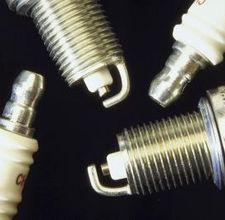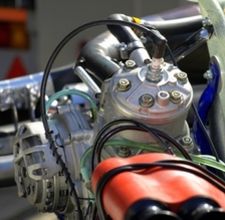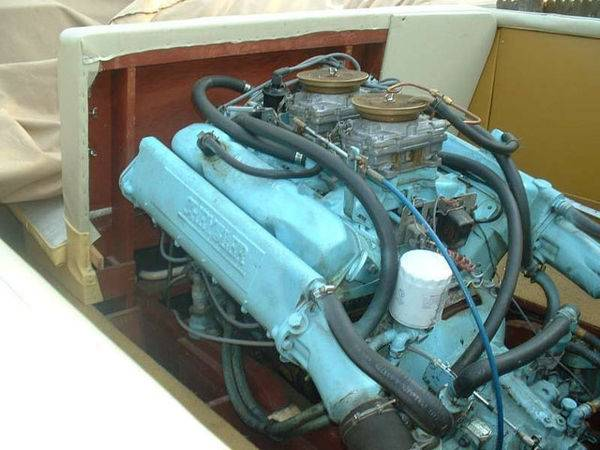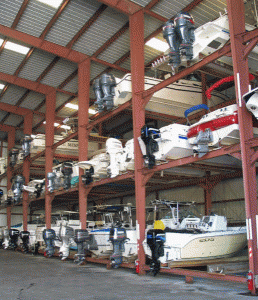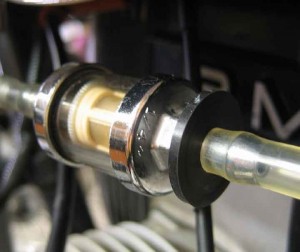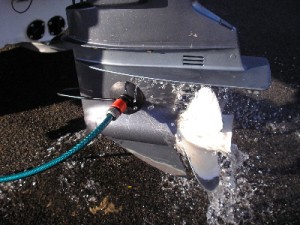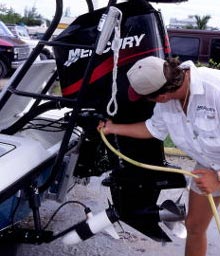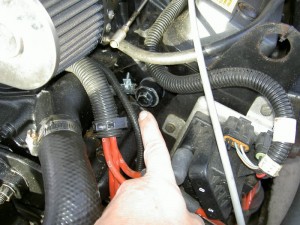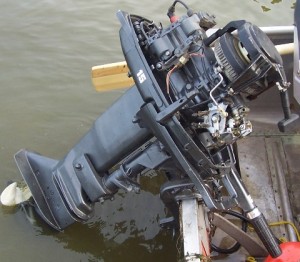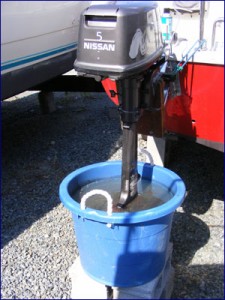Tools for Yamaha Outboards
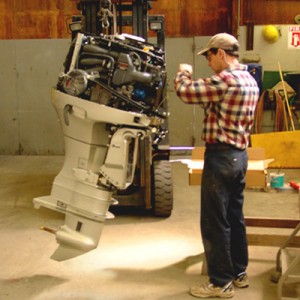 For any engine, having the right maintenance tools is a necessity. Yamaha has several specific tools that will keep outboards running in tip top condition. Take for instance, the Yamaha 10-micron fuel and water separating filter. The filter can be used for around 100 hours before needing replacement. The filter is critical to winterization setup.
For any engine, having the right maintenance tools is a necessity. Yamaha has several specific tools that will keep outboards running in tip top condition. Take for instance, the Yamaha 10-micron fuel and water separating filter. The filter can be used for around 100 hours before needing replacement. The filter is critical to winterization setup.
A multimeter is another important tool to have in your arsenal. It is a device that is used to check electrical connections onboard and identifies problem areas. Though not strictly a tool, lubrication is vital to the function of a Yamaha outboard. Yamaha 4M oil is advisable for four stroke engines, and Yamaha 2M oil is advisable for two stroke engines.


